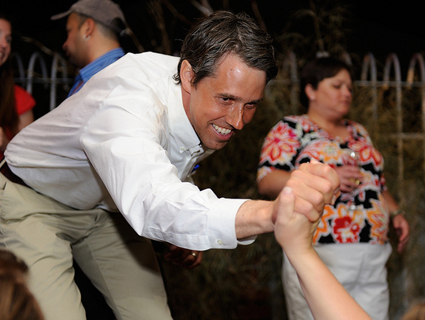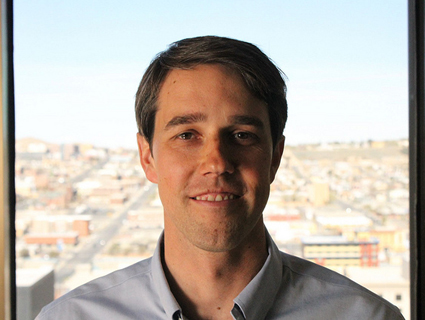Eight-term incumbent Silvestre Reyes won’t be returning to Congress next year. He was ousted from his El Paso district by pro-marijuana legalization candidate Beto O’Rourke. The two Democrats had very different ideas about the war on drugs, and apparently even the above “Just Say No” ad featuring a bunch of small kids is as dated as it is infuriating.
Why infuriating? For those of us who care a great deal about ending the war on drugs, and at the very least ending the federal ban on medical marijuana, the “do it for the children” argument rankles. I can’t recall how many times I’ve heard “the children” invoked when anybody suggests that maybe ending this violent domestic conflict against poor people could actually be really good for everyone, including children.
The war on drugs disproprtionally targets minorities. Communities ravaged by drug use are just as ravaged by the violent conflict that comes from the perpetuation of a black market. It’s expensive, and not just for the prison beds and police (though these are extremely expensive). It takes a human toll as well, removing fathers from their children and workers and consumers from the economy, driving away legitimate business investment and replacing it with coercive black market forces, gangs, and so forth. In Mexico, the war on drugs has taken an even bloodier toll, claiming tens of thousands of lives in just the past few years.
The simple answer is to say “I’m fighting to keep drugs illegal for the children.” It sounds nice. Drugs are bad, and children are good, and obviously the only way to keep the former out of the hands of the latter is to keep drugs illegal. Right?
Except that it isn’t working, and apparently voters in Texas and across the country are starting to figure that out.
Adam Serwer pointed out the other day that Obama actually had a pretty healthy relationship with marijuana as a youth. Many other politicians—including conservative Republican Mitch Daniels—have smoked pot in the past as well, and I’m willing to bet they’ve all inhaled. This dabbling with drugs didn’t hinder their careers or prevent them from attaining higher office—but that’s only because they never went to jail for it, and they didn’t grow up in communities where the war on drugs has a literal, and not just a figurative, meaning.
















